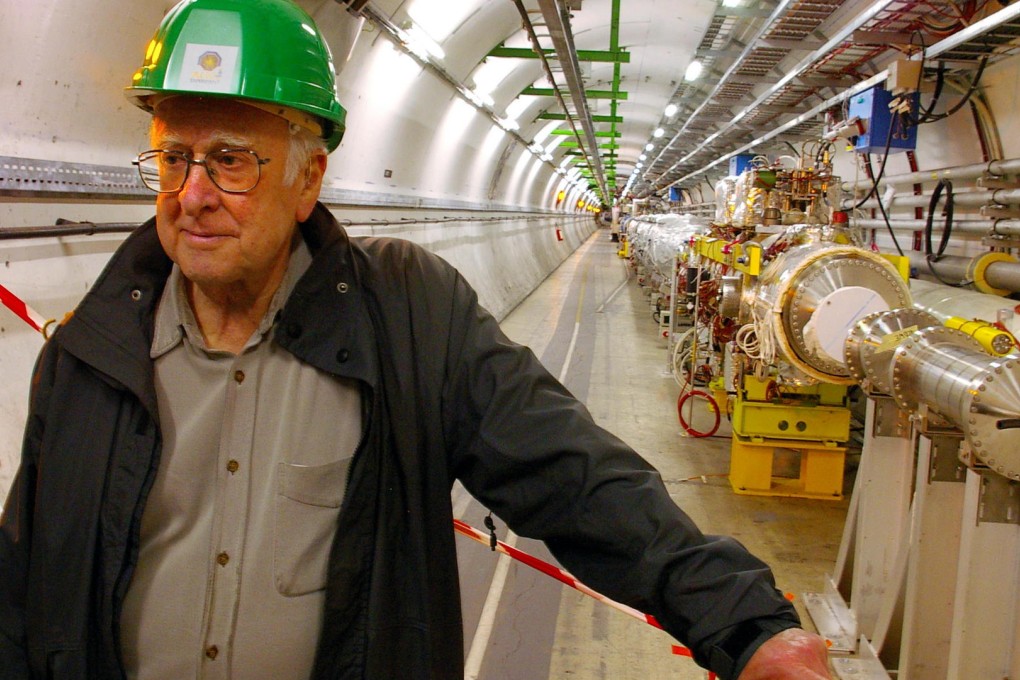Short Science, May 10, 2015
The world's largest particle smasher resumed colliding protons last week as it gradually reboots following a two-year upgrade, Europe's physics lab Cern said.

Deep beneath the Atlantic Ocean between Greenland and Norway, scientists have found microorganisms they call a missing link connecting the simple cells that first populated earth to the complex cellular life that emerged roughly two billion years ago. The researchers said a group of microorganisms called Lokiarchaeota, or Loki for short, were retrieved from the inhospitable, frigid seabed about 2.35km under the ocean surface not too far from a hydrothermal vent system called Loki's Castle, named after a Norse mythological figure. The discovery provides insight into how the larger, complex cell types that are the building blocks for fungi, plants and animals including people, a group called eukaryotes, evolved from small, simple microbes, they said. The Lokiarchaeota are part of a group called Archaea that have relatively simple cells lacking internal structures such as a nucleus. But the researchers found the Lokiarchaeota share with eukaryotes a significant number of genes, many with functions related to the cell membrane. These genes would have provided Lokiarchaeota "with a starter-kit to support the development of cellular complexity," said evolutionary microbiologist Lionel Guy of Sweden's Uppsala University. Archaea and bacteria are together known as prokaryotes. Reuters
The world's largest particle smasher resumed colliding protons last week as it gradually reboots following a two-year upgrade, Europe's physics lab Cern said. The low-energy collisions took place in the Large Hadron Collider.
The protons collided at an energy of 450 giga-electronvolts (GeV), allowing the scientists to fine tune the collider's detectors as they prepare to crank the power up to allow collisions at an unprecedented 13 tera-electronvolts (TeV), it said. Experiments at the collider are aimed at unlocking clues as to how the universe came into existence by studying fundamental particles, the building blocks of all matter, and the forces that control them. In 2012, the LHC was used to prove the existence of Higgs Boson, the particle that confers mass, earning the 2013 Nobel physics prize for two of the scientists who had theorised the existence of the so-called God particle. AFP